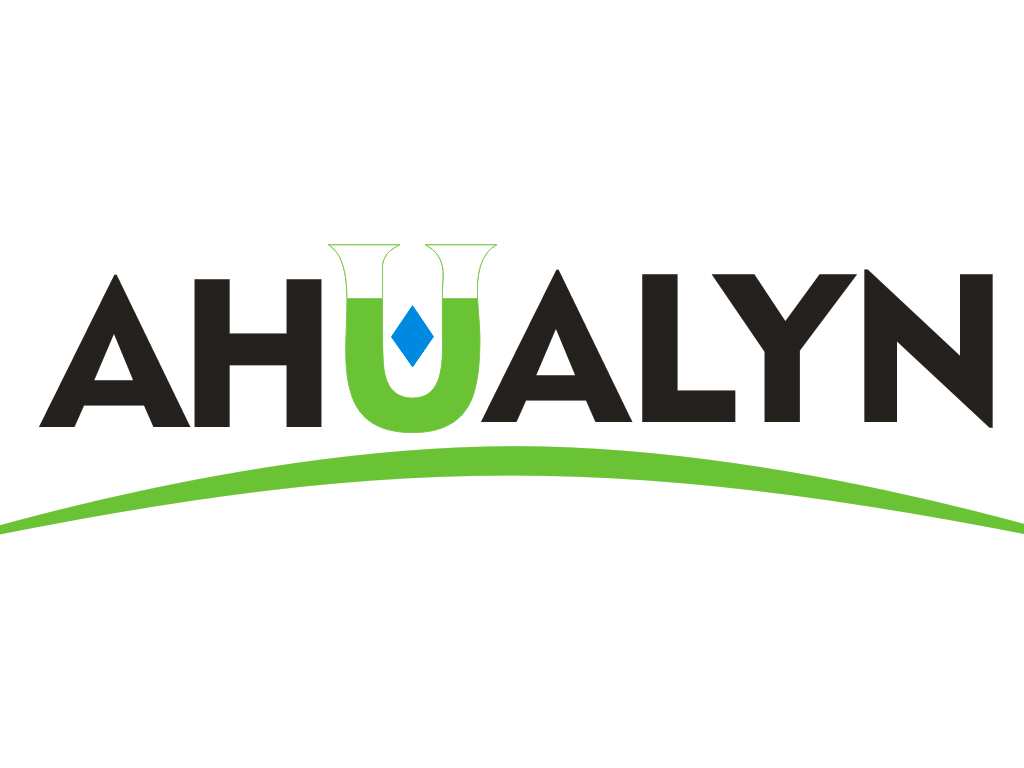
Privacy statement: Your privacy is very important to Us. Our company promises not to disclose your personal information to any external company with out your explicit permission.
2022-02-19
1. What are pigments:
The substances that make various substances produce various colors are pigments. We see various colorful foods every day because they contain various pigments, so we see foods with various colors. If the food does not contain pigments, Then the food we see will be transparent or white.
2. Why add pigments to food:
Food pays attention to color, aroma and taste. Color ranks first, which shows the importance of pigments in food. Foods with good color, aroma and taste can enhance appetite through visual sensory stimulation. In order to attract people's appetite, food A variety of colors are added to attract consumers, and it is understood that orange food can make people want to eat the most.
3. Is the Pigment a Food Additive?
Pigments are Food Additives and belong to the category of colorants in food additives.
4. Classification of pigments:
The pigments added in food are divided into synthetic pigments and natural pigments. Various pigments can be combined in different proportions of the three primary colors of red, yellow and blue to generate countless and various colors.
5. Source of pigment:
Synthetic pigments refer to organic pigments prepared by artificial chemical synthesis methods, mainly made of aniline dyes separated from coal tar as raw materials. According to the structure, synthetic pigments can be divided into azo and xanthene and diphenylmethane pigments; natural pigments refer to the pigments extracted and separated from plants, animals, microorganisms or minerals by physical methods without changing the molecular structure of the pigments. Oil-soluble and alcohol-soluble pigments.
6. The hazards of pigments:
There is no harm in using all kinds of pigments reasonably and legally. However, a large number of studies have shown that excessive consumption of synthetic pigments will deposit in the liver, which can lead to decreased fertility and teratogenicity. Some synthetic pigments may be converted into carcinogens in the human body, which can cause developmental disorders and hyperactivity in children. Use in cosmetics can cause inflammation. It may even become cancerous; natural pigments are not harmless, and excessive consumption is not safe. For example, continuous consumption of citrus, or radish and other foods will cause excessive or radish substances, causing symptoms such as yellowing of the skin , but stop eating for a while and it will automatically return to normal.
7. my country allows the use of synthetic pigments in food:
As of October 24, 2015, the synthetic pigments allowed in GB2760 are: erythrosine and its aluminum lake, indigo and its aluminum lake, titanium dioxide, tomato red, riboflavin, beta-Carotene, quinoline yellow , bright blue and its aluminum lake, tart yellow and its aluminum lake, sunset yellow and its aluminum lake, acid red (also known as azorubine), Amaranth and its aluminum lake, new red and its aluminum lake Lake, Carmine and its aluminum lake, iron oxide black, iron oxide red, allura red and its aluminum lake seventeen species.
8. my country allows the use of natural pigments in food:
As of October 24, 2015, the natural pigments allowed in GB2760 are: β-Apo-8'-carotene, Lycopene, citrus yellow, black bean red, black currant red, safflower yellow, red rice red, Monascus red, monascus yellow, natural beta-carotene, peanut red, curcumin, caramel color, golden cherry brown, chrysanthemum yellow extract, cocoa shell color, chili orange, chili red, chili oleoresin, blue indigo fruit Red, Radish Red, Sunflower Red, Roselle Red, Mimon Yellow, Grape Skin Red, Mulberry Red, Sea Buckthorn Yellow, Jujube Red, Natural Amaranth Red, Acorn Shell Brown, Cochineal Red, Annatto Orange, Bayberry Red, Lutein, Copper Chlorophyll, Sodium Copper Chlorophyll, Potassium Chlorophyll, Corn Yellow, Lingonberry Red, Phycocyanin, Gardenia Yellow, Gardenia Blue, Vegetable Carbon Black, Lithospermum Red, Purple Sweet Potato Pigment, Lac Red, Forty-eight kinds of sorghum red, beet red and so on.
9. The function or physiological activity of pigment:
Almost all synthetic pigments cannot provide nutrients to the human body and have no beneficial physiological functions; some natural pigments are also raw materials for health care products, which have health care effects and certain physiological functions on the human body, such as lycopene, carotene, flowers The anti-oxidation and free radical removal effects of cyanin, the protective and repairing effect of lutein on the macula, the anti-inflammatory and muscle-building, anti-tumor effects of curcumin, etc.
10. Suggestions for choosing colored foods:
Usually, after we eat or drink, we observe our mouth and tongue. If there are pigment residues, it is recommended to eat less of this type of food. Generally, this is only the case with synthetic pigments and high concentrations; many red and purple natural pigments are A large number of anthocyanin-like pigments synthesized by plants themselves. The role of these anthocyanins is to absorb excess sunlight, neutralize excess free radicals, and protect the normal work of chloroplasts. From this perspective, anthocyanins are indeed playing an antioxidant role. But it should be noted that this is in plants, not necessarily in animals or in humans. The antioxidant mechanism of the human body is completely different from that of plants. Also, eating a lot of antioxidants is not necessarily a good thing.
A review published in the Journal of the American Medical Association (JAMA) in February 2007 hit even harder on antioxidant supplements. If a total of 68 studies involving more than 230,000 people are summarized, it can be seen that several of the antioxidants analyzed (Vitamin A, Vitamin E and beta-carotene) had no effect on mortality. Dr. Yun Wuxin of the Scientific Squirrel Society once wrote that, so far, in an analysis of 47 reliable high-quality studies, these antioxidants even slightly increased mortality. Excessive antioxidants bring more uncertainty.
Lutein has a certain protective effect on the macula of the eye, but the current publicity on the health care effect of lutein in the market is somewhat exaggerated. The actual effect may only be experienced by those who have eaten it.
If eating anthocyanins can really rejuvenate youth, and eating lutein can make eyes brighter, then we will recognize these side effects. But the key point is that according to the current human experiment results, eating anthocyanin has almost no obvious effect, and the eyes of people who eat lutein are not much brighter. The efficacy of many functional health products has been exaggerated, so it seems that we do not need to worry about this substance at all. Even if we supplement anthocyanins and lutein with a better mentality than nothing, then we can choose to eat more purple cabbage, red cabbage moss and red amaranth to supplement anthocyanins, and eat more carrots and corn. With pumpkin, you can supplement lutein and carotene. It is no problem to eat more colorful and colorful fruits and vegetables, and there is no need to let your purse bleed.
Share to:
Send Inquiry

Ms. Alice
Tel:+86-029-81138161
Fax:
Mobile Phone:+8619992821278
Email:info@ahualyn.com
Address: Rm. 1208, Building B, Huixin IBC, No. 1 Zhang Bayi Road, High-tech Zone, Xian, Shaanxi
Related Products List
Mobile Site


Privacy statement: Your privacy is very important to Us. Our company promises not to disclose your personal information to any external company with out your explicit permission.

Fill in more information so that we can get in touch with you faster
Privacy statement: Your privacy is very important to Us. Our company promises not to disclose your personal information to any external company with out your explicit permission.